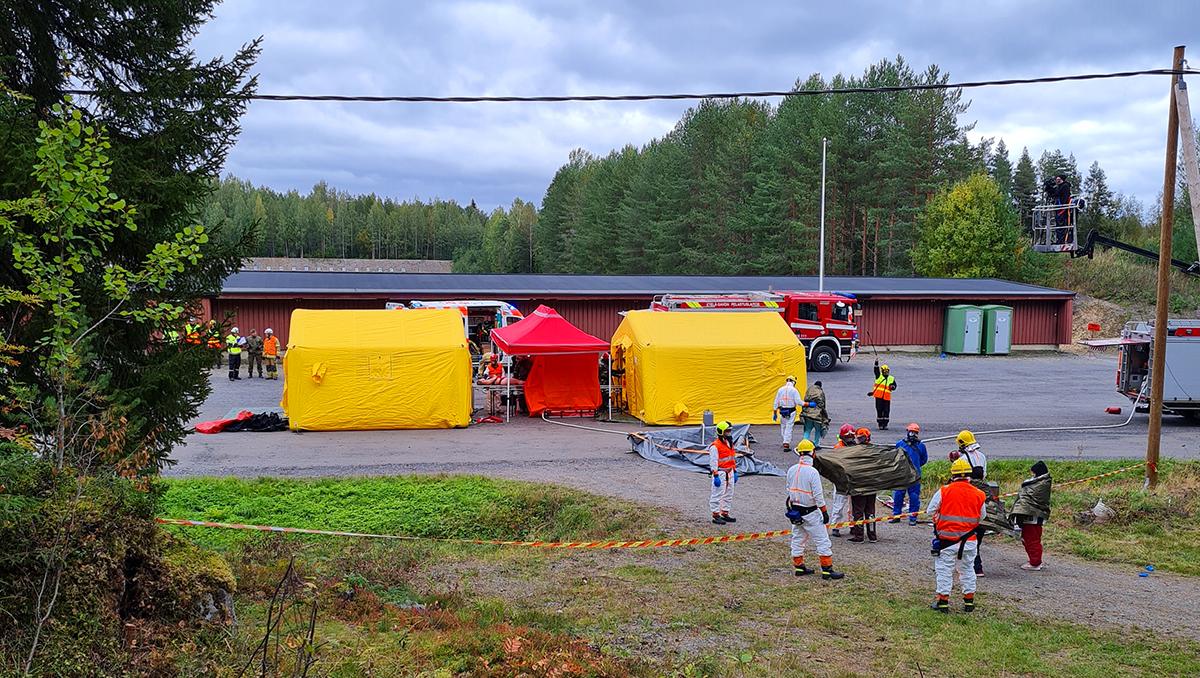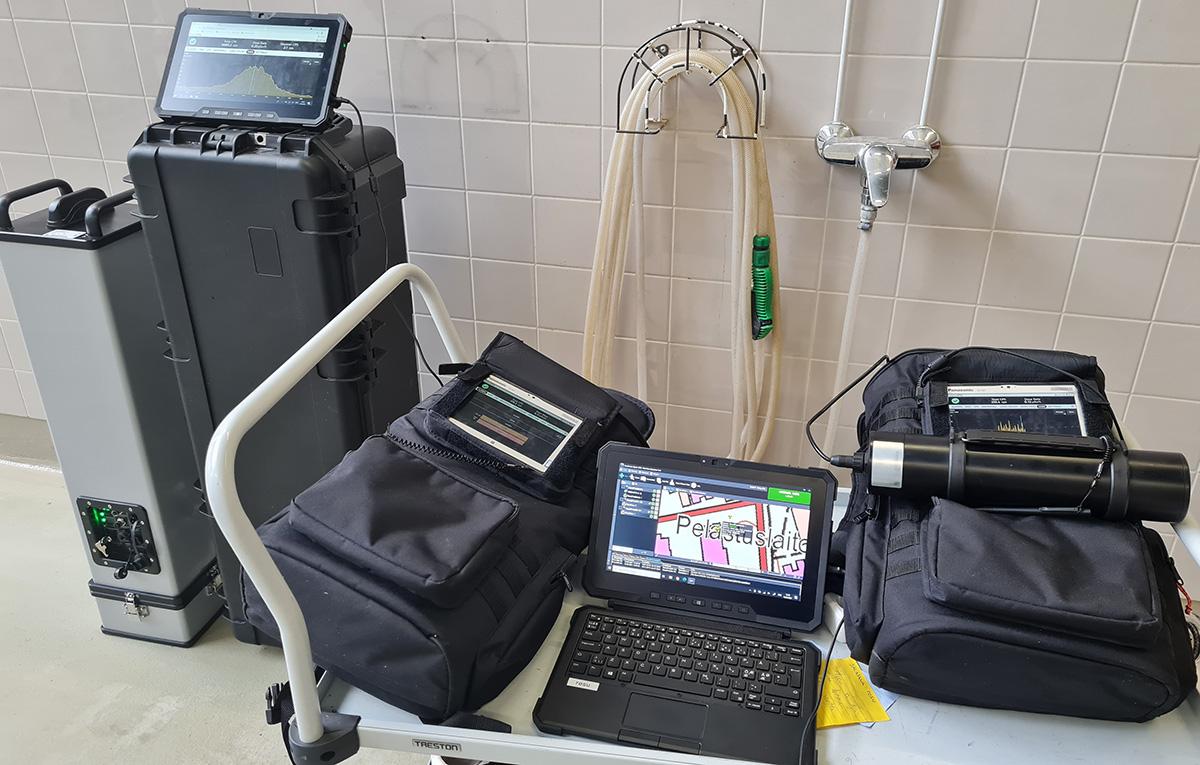White Paper Abstract
Mobile Ranid Solutions – FXT Case Study
CNS Global Incidents and Trafficking Database
Tracking publicly reported incidents involving nuclear and other radioactive materials
These radioactive material related accidents, criminal activities and terrorist usage, pose a real challenge to the first response teams. Therefore, comprehensive situational awareness created by state-of-the-art detection equipment is vital for the first responders who need to fight against these threats.
Environics Ranid Products & Solutions
Basic radiation detection is as normal as “business as usual”. Localisation of the radiation source at site is often “the missing link” for the situational awareness point of view. Also, verifying the results of the decontamination process takes time and resources.
The mobile RanidPro and RanidPort solutions provide tools to ease the burden of the operators on the field.
RanidPro200, a radionuclide identifier backpack with its innovative RanidSOLO source locator, copes with this situation by being the first automated gamma radiation localizer available for the backpack detectors. Operators explore the potentially affected areas with RanidPro200, collecting information from different spots and using triangulation method to calculate the location of the source(s).
When the source(s) are located and their activity has been estimated, it’s possible to safely decide the further operational steps.
Monitoring the radiation levels in the operational area may not be efficient enough using just handheld detectors. For this overall area monitoring and also for decontamination results checking, RanidPort Mobile is the ideal tool.
RanidPort Mobile has a high volume NaI(Tl) scintillation detector, with rapid detection and identification capabilities, in presence of radioactivity or radioactive material. It can be integrated into different mobile platforms such as vehicles, vessels and airplanes, in addition to fixed installations.
It is clear that the overview of the situational awareness is essential for the incident commander. Real-time information with radiation detection, identification and source location data offers more tools to manage and solve the situation.
EnviScreen Operix 2020 is a sophisticated CBRN system software, which offers complete solution for CBRN sensor networking, monitoring, reporting and training capabilities.
The field exercise (FXT) case study briefly describes the use of RanidPro200 and RanidPort Mobile solutions and explains how the information is shared in real time to the command post for mission analysis.
The Case Study
The field exercise (FXT) was conducted as part of the EU funded (Horizon2020) INCLUDING-project in Mikkeli, Finland, in September 2021. This international exercise involving first response authorities from 10 EU countries was hosted and organized by local South-Savo Rescue Department. The purpose of the exercise was to demonstrate the use of radiation measurement equipment and a map application, in a situation where dangerous radioactive sources are found in the terrain. It worked as a joint learning event in which the authorities cooperate and develop activities in an incident involving dangerous radioactive material.
In addition, the aim is to draw up a general guide for the authorities on how to proceed after a radiation source has been found, and how to obtain as much information as possible from the source — safely and efficiently — using state-of-the-art technology.

Decontamination line and contaminated victims in the 1st triage point, during field exercise FXT in Finland, which demonstrated the use of mobile radiation measurement equipment and a map application.
Would You Like to Know More?
For gaining access to detailed information regarding: testing the radiation monitoring equipment, testing the radiation source locator, testing the data communication, and test results, please download the complete 12 page white paper.

Real time readings from personal dosimeters are not available from all devices. Emergency responders may require self-reading devices that provide dose information in real time. Types of personal dosimeters See REMM table which reviews many types of personal dosimeters Non-self reading dosimeters: real time dose information not available Film badges Contain filters and film which identify and quantify the type of radiation e.g., x-rays, gamma, beta, neutron Least accurate personal dosimeter for recording very low exposure e.g., below about 10 mR Sensitive to temperature and humidity, which may limit use by emergency responders Available for use on torso and finger See historical collection of personal dosimeters ORISE Thermoluminescent dosimeters TLDs More sensitive than film badges Some can measure readings lower than film badges Use lithium fluoride crystals to record radiation exposure Not sensitive to heat and humidity Available for use on torso and finger Optically stimulated luminescence OSL dosimeter More recent device of choice for occupational exposure monitoring More sensitive than film badge or TLD Use aluminum oxide to record radiation Results can be read up to a year following exposure Available for use on torso and finger Self-reading dosimeters aka.
In radiation emergencies the operators must not only secure and protect the area, they must also protect themselves. As a normal procedure, they wear personal dosimeters that not only collect the accumulative dose, these dosimeters also alarm and shows the exceeded dose rate and calculated turnback dose and turnback time. When all the dosemeter, portal monitoring systems and portable nuclide analysers are connected together in same network, we are really having situational awareness of the radiation incident.